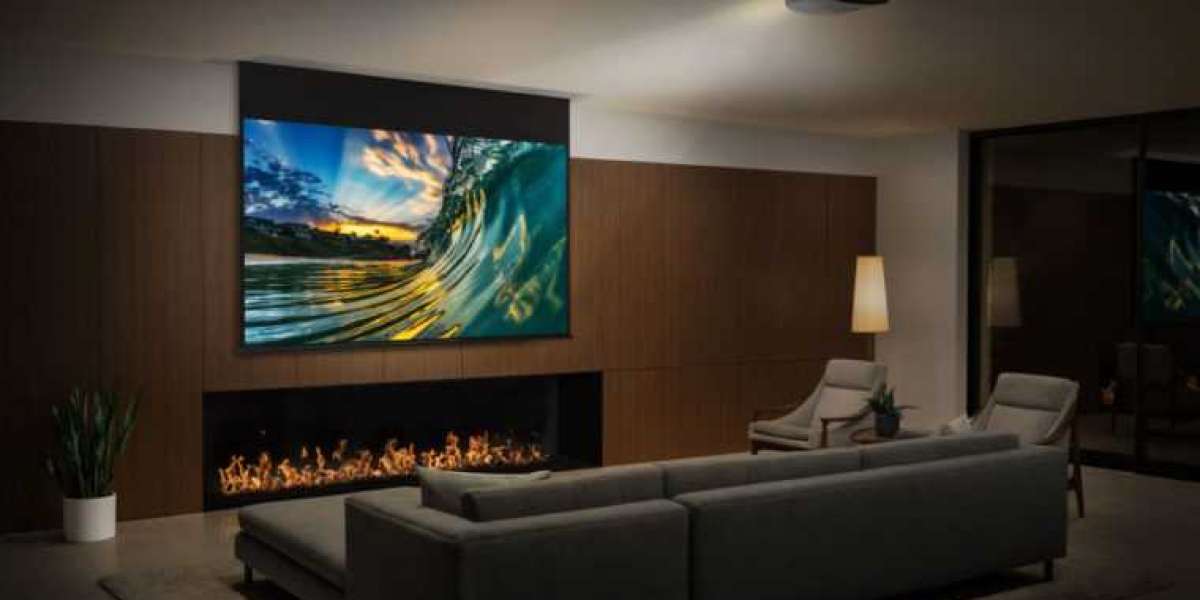Connecting a laptop to a projector is a common practice in today's world. Whether it's for a presentation at work or a movie night with friends, projectors provide a large display that makes it easy for everyone to see. However, if you've never connected a laptop to a projector before, it can be a little intimidating. In this article, we will discuss three simple ways to connect a laptop to a projector.
Method 1: VGA Cable
The first and most common method of connecting a laptop to a projector is by using a VGA cable. VGA cables have been around for a long time and are still widely used in projectors today. Here are the steps to follow when using a VGA cable to connect laptop to projector:
Step 1: Check the Ports
First, you need to check whether your laptop and projector have a VGA port. Most projectors have a VGA port, but newer laptops may not have one. If your laptop does not have a VGA port, you will need to use an adapter to connect it to the projector.
Step 2: Connect the Cable
Once you've confirmed that both devices have a VGA port, you can connect them using a VGA cable. To do this, simply plug one end of the VGA cable into your laptop's VGA port and the other end into the projector's VGA port.
Step 3: Adjust the Settings
Next, you need to adjust the display settings on your laptop. To do this, go to your laptop's display settings and select the option to duplicate the display. This will ensure that what you see on your laptop screen will also appear on the projector screen.
Step 4: Turn on the Projector
Finally, turn on the projector and select the VGA input option. Your laptop's display should now be visible on the projector screen.
Method 2: HDMI Cable
Another popular method of connecting a laptop to a projector is by using an HDMI cable. HDMI cables are becoming increasingly common, and many newer laptops and projectors come with an HDMI port. Here are the steps to follow when using an HDMI cable to connect your laptop to a projector:
Step 1: Check the Ports
As with the VGA method, the first step is to check whether your laptop and projector have an HDMI port. If your laptop does not have an HDMI port, you will need to use an adapter to connect it to the projector.
Step 2: Connect the Cable
Once you've confirmed that both devices have an HDMI port, you can connect them using an HDMI cable. To do this, simply plug one end of the HDMI cable into your laptop's HDMI port and the other end into the projector's HDMI port.
Step 3: Adjust the Settings
Next, you need to adjust the display settings on your laptop. To do this, go to your laptop's display settings and select the option to duplicate the display. This will ensure that what you see on your laptop screen will also appear on the projector screen.
Step 4: Turn on the Projector
Finally, turn on the projector and select the HDMI input option. Your laptop's display should now be visible on the projector screen.
Method 3: Wireless Connection
The third method of connecting a laptop to a projector is by using a wireless connection. This method is becoming increasingly popular, as it eliminates the need for cables and adapters. Here are the steps to follow when using a wireless connection to connect your laptop to a projector:
Step 1: Check the Compatibility
The first step is to check whether your laptop and projector are compatible with each other. Many newer projectors come with built-in wireless capabilities, but if your projector does not have this feature, you may need to purchase a wireless adapter.
Step 2: Connect to the Projector
Once you've confirmed that your laptop and projector are compatible, you can connect to the projector wirelessly. To do this, you need to follow the instructions provided by the projector manufacturer. This may involve installing software or downloading an app to your laptop.
Step 3: Adjust the Settings
After you've connected to the projector wirelessly, you need to adjust the display settings on your laptop. To do this, go to your laptop's display settings and select the option to duplicate the display. This will ensure that what you see on your laptop screen will also appear on the projector screen.
Step 4: Turn on the Projector
Finally, turn on the projector and select the wireless input option. Your laptop's display should now be visible on the projector screen.
Conclusion
In conclusion, projector connection with laptop is not as complicated as it may seem. With these three simple methods, you can easily connect your laptop to a projector for your next presentation, movie night, or any other occasion. Whether you choose to use a VGA cable, an HDMI cable, or a wireless connection, it's important to check the compatibility of your devices and adjust the display settings on your laptop to ensure that everything works correctly. With a little practice, you'll be able to connect your laptop to a projector in no time.
FAQS
How can I connect my laptop to my projector?
Firstly, you'll need to make sure that both the laptop and the projector are switched on. Then you have to connect the HDMI cable to the laptop's HDMI port and connect the other end to the projector. The laptop screen should then display on the projector, and you'll be ready to go!
What are the various methods to connect a projector with PC?
Locate the “RGB In” or VGA In” port on the projector and connect one end of the VGA cable to that. 3. Connect the other end of the VGA cable to the “VGA Out” port on your laptop or other applicable device.
Can I connect my laptop to a projector with USB?
If your computer meets the system requirements, you can send video and audio output to the projector through the computer's USB port (preferably USB 2.0). Connect the projector to your computer using a USB cable.
How do I share my screen with a projector?
Turn on the projector, if necessary. Press the Home button on the remote control and select Screen Sharing on the Home screen. Select the sharing option on the screen.
What if my laptop does not have HDMI port?
Look for a micro HDMI port: It's about the same size as a micro USB port. You can buy an adapter or a cable that will let you connect it to the standard HDMI port on your TV. If you don't have Micro HDMI, see if your laptop has a DisplayPort, which can handle the same digital video and audio signals as HDMI.








